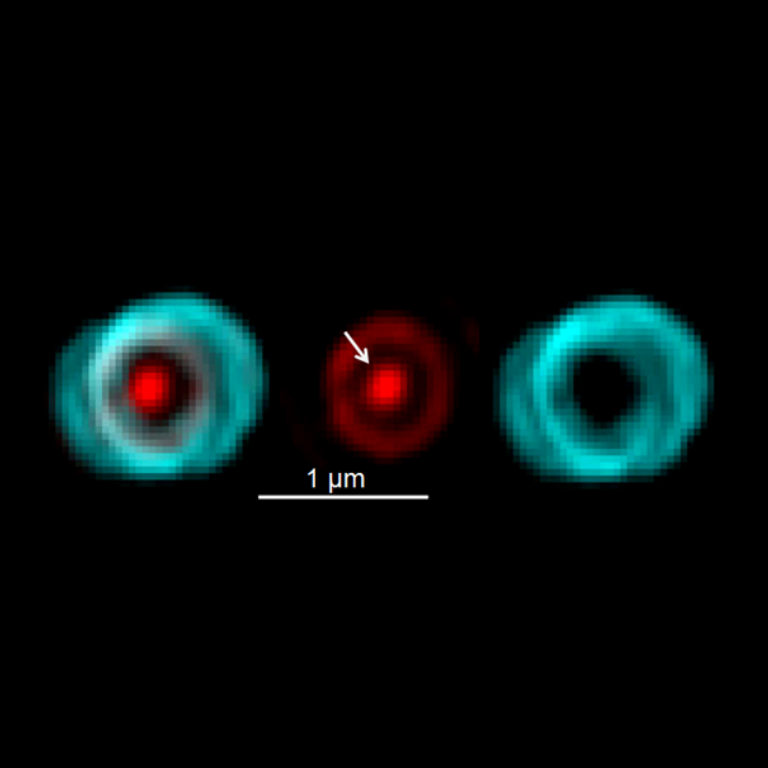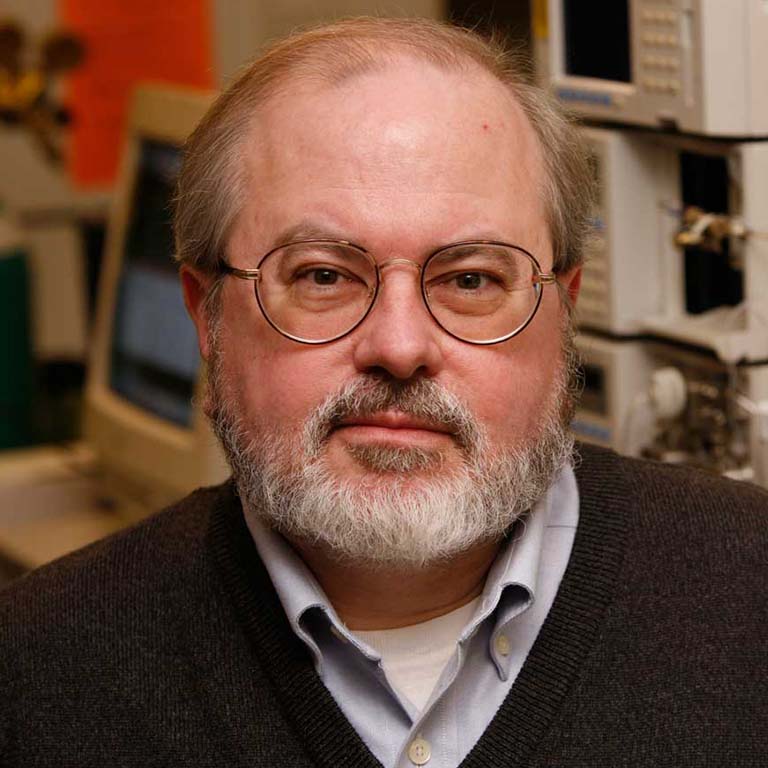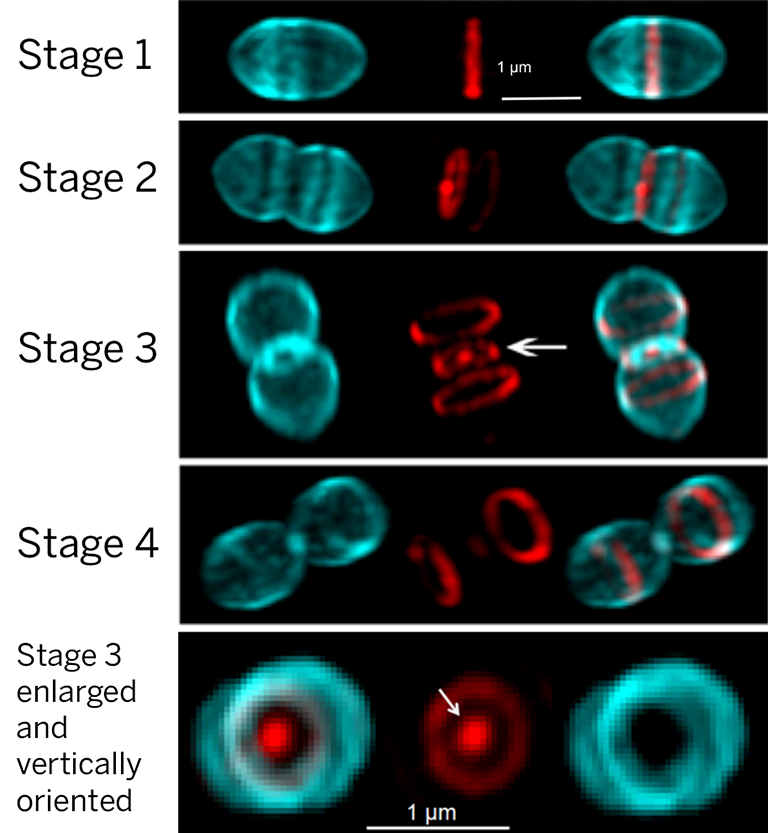Malcolm Winkler will investigate cell wall synthesis in Streptococcus pneumoniae to find new vulnerabilities of bacterial pathogens.
Indiana University microbiologist Malcolm Winkler has been awarded a $3.3-million, five-year grant from the NIH National Institute of General Medical Sciences to study the dynamics and regulation of peptidoglycan (PG) cell wall synthesis in the "superbug" Streptococcus pneumoniae (pneumococcus). Dr. Winkler is a professor in the Department of Biology and adjunct core professor in the Department of Molecular and Cellular Biochemistry in the IU Bloomington College of Arts and Sciences. The grant is an Established Investigator MIRA (Maximizing Investigators' Research Award) that consolidates and renews previous NIH RO1 and Multiple Principal Investigator (MPI) grants to the Winkler laboratory.
Antibiotic resistance and evasion of treatment are increasing at alarming rates for numerous important bacterial pathogens—including S. pneumoniae—and represent a serious threat to human health worldwide. S. pneumoniae alone causes about 4 million infections (1.2 million that are drug-resistant) and about 25,000 deaths per year in the U.S.A. and over 1 million deaths per year worldwide, according to Dr. Winkler.



 The College of Arts
The College of Arts